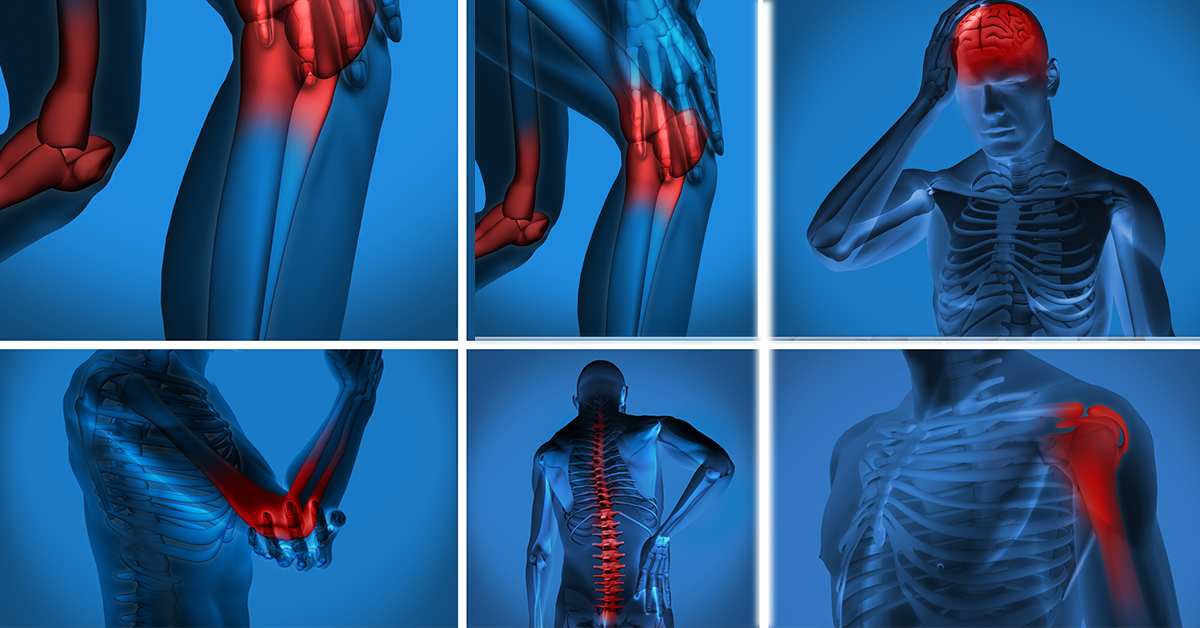Pain is one of the body’s most important communication tools; it is a way to tell us something is wrong.

What is Pain?
In general, people do not like pain. In fact, pain is the most common reason for doctor visits. A dictionary defines pain as "suffering or distress of body or mind; also: a basic bodily sensation marked by discomfort (as throbbing or aching)". Therefore, it is an unpleasant physical and emotional experience. Pain is one of the body's most important communication tools; it is a way to tell us something is wrong. Pain has multiple causes, can last a brief, intense period, or persist for a long time.
As a communication tool, pain tells a person to cease activities, to protect an injured area, and to avoid repeating damaging activities. Normally, pain stops when the painful activity stops and the body has recovered. Occasionally, pain continues after an activity has ceased and the body appears to have healed. There are times when a person experiences pain without knowing the cause. Pain, regardless of whether the cause is known or unknown, can adversely affect a person's quality of life, as well as reduce their functional ability.
Acute vs. Chronic Pain
Pain is a complex phenomenon and there are many ways to classify it. There is disagreement among experts as to the best way to classify pain. One way pain can be classified is by the area affected (e.g., muscular or joint pain). A common starting point is to classify pain by length of time as either acute or chronic/persistent pain.
- Acute pain: generally characterized as having recent or sudden onset and a relatively short or limited duration. Acute pain often has an identifiable cause (e.g., pinched nerve, injury to an internal organ, muscle or bone).
- Chronic/persistent pain: lasting pain or pain that continues beyond what is expected for healing. Chronic pain may not have an easily identifiable cause. It is often best described as persistent pain. This persistent pain may be continuous or recurring.
The traditional dividing line between acute and chronic pain is based on the length of time from onset. Three and six months from the onset of pain are the two most used time points to divide acute from chronic pain. Although both acute and chronic pain can be physically and emotionally debilitating, chronic pain (due to its persistence) can have more profound consequences for a patient.
Pain may also be classified by its pathophysiology (by the kind of damage that causes it) as either nociceptive or neuropathic pain. Due to the complexity of pain, it may not easily be categorized in an "either/or" sense and may in fact fit in multiple categories simultaneously.




